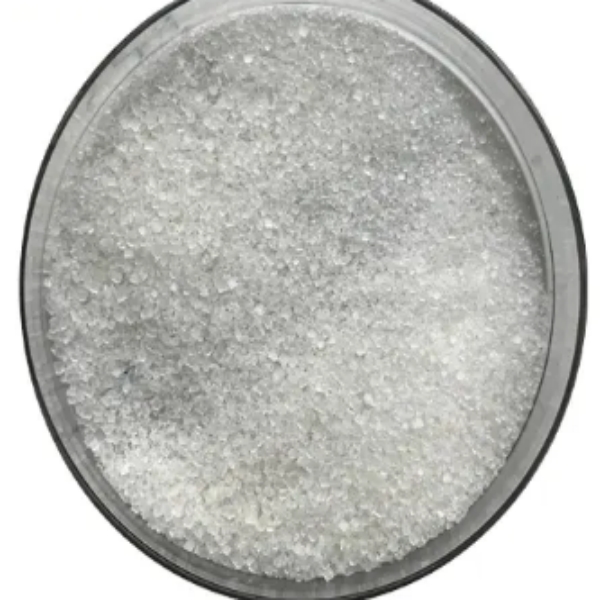What is the difference between MSG and maltodextrin?
When it comes to food additives, people are often confused and concerned about the various ingredients used to enhance flavor, texture and shelf life. Two such additives that are often discussed are monosodium glutamate (MSG) and maltodextrin. While both are commonly used in processed foods, they serve different purposes and have different properties. In this article, we’ll explore the differences between MSG and maltodextrin, as well as their uses, potential health effects, and alternatives.
Monosodium glutamate, commonly known as MSG, is a flavor enhancer derived from glutamic acid, an amino acid found naturally in many foods. It is often used to enhance the salty or umami flavor of dishes and is commonly found in Asian cuisine, processed foods and restaurant meals. MSG is known for its ability to enhance flavor and make foods taste more delicious without adding its own unique flavor.
Despite its widespread use, MSG has been the subject of controversy and misunderstanding. Some people report symptoms such as headaches, sweating and nausea after eating foods containing MSG, a phenomenon known as “Chinese restaurant syndrome.” However, scientific research does not unanimously support these claims, and the U.S. Food and Drug Administration (FDA) considers MSG to be generally recognized as safe (GRAS) when used as a food ingredient.
Maltodextrin is a carbohydrate derived from starch, usually corn, rice, potato, or wheat. It is produced by hydrolysis of starch, forming a white powder that is easily digested and soluble in water. Maltodextrin is used as a thickener, filler, or sweetener in a variety of processed foods, beverages, and supplements. It is also commonly used as a filler in sports drinks and artificial sweeteners.
Unlike MSG, maltodextrin itself has no specific taste and is used primarily for its functional properties rather than its flavor-enhancing abilities. It is valued for its ability to improve the texture, mouthfeel and shelf stability of foods, making it a versatile ingredient in the food industry.
The difference between MSG and maltodextrin
The main difference between MSG and maltodextrin is their respective functions and effects on food. MSG is primarily used to enhance the salty taste of foods, while maltodextrin acts as a carbohydrate additive to help improve texture, mouthfeel and stability. Additionally, MSG is known for its flavor-enhancing properties, while maltodextrin is valued for its ability to thicken, bind, or sweeten foods.
Health considerations
In terms of health effects, MSG has received more controversy and scrutiny than maltodextrin. While some people may be sensitive to MSG and experience adverse reactions, most people can consume it without any negative effects. Maltodextrin, on the other hand, is generally considered safe to eat, and adverse reactions are rare.
It’s important to note that MSG and maltodextrin are commonly found in processed and packaged foods and may lead to overdose if consumed regularly. As with any food additive, moderation is key and individuals with specific sensitivities or health concerns should consult a healthcare professional.
Alternatives and substitutes
For individuals who wish to avoid or reduce their consumption of MSG and maltodextrin, alternative ingredients and substitutes are available. When it comes to flavor enhancement, natural ingredients such as herbs, spices and aromatics can be used to add depth and complexity to dishes without relying on MSG. Additionally, ingredients like soy sauce, miso, and nutritional yeast provide umami flavor without the need for MSG.
As for maltodextrin, there are several alternatives that can perform similar functions in food production. For thickening and stabilization purposes, ingredients such as arrowroot, tapioca starch, and agar-agar can be used as alternatives to maltodextrin. When it comes to sweeteners, natural sweeteners such as honey, maple syrup, and stevia can replace maltodextrin in certain applications.
Fipharm Food is a joint-ventured company of Fipharm Group and Hainan Huayan Collagen, collagen and food additives are our main and hot sale products. We also have other popular products such as
Dicalcium Phosphate Anhydrous
In short, although MSG and maltodextrin are both commonly used food additives, they have different uses and properties. MSG is a flavor enhancer known for its salty taste, while maltodextrin is a carbohydrate-based additive valued for its functional properties. Understanding the differences between these additives, as well as their potential health effects and alternatives, can help consumers make informed choices about the foods they consume. As with any food ingredient, moderation and balance are key factors in maintaining a healthy and varied diet.
Welcome to contact us for more details.
Website: https://www.huayancollagen.com/
Contact us: hainanhuayan@china-collagen.com sales@china-collagen.com
Post time: May-20-2024






